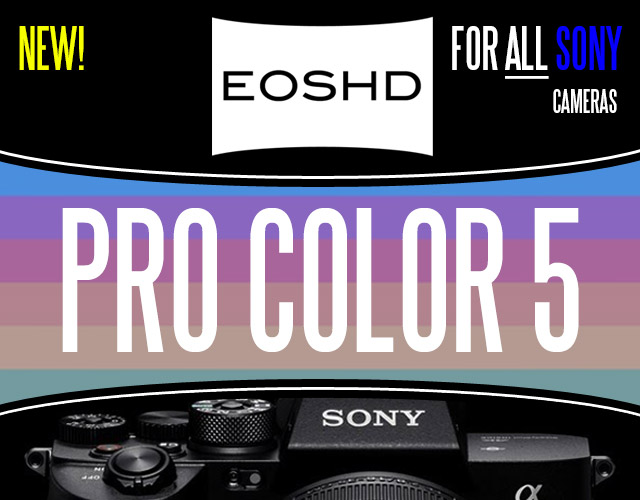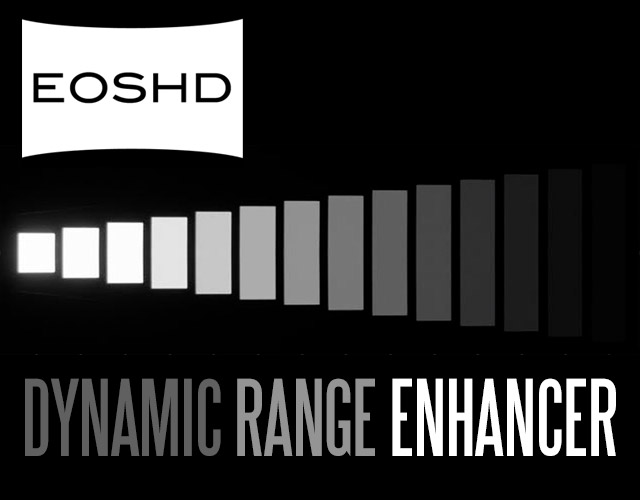My Panasonic GH3 arrived - for my documentary film project about a motorcycle club - tips needed!
-
Similar Content
-
- 0 replies
- 565 views
-
- 7 replies
- 1,563 views
-
- 15 replies
- 5,148 views
-
- 9 replies
- 5,536 views
-
- 5 replies
- 2,311 views
-







Recommended Posts
Join the conversation
You can post now and register later. If you have an account, sign in now to post with your account.
Note: Your post will require moderator approval before it will be visible.